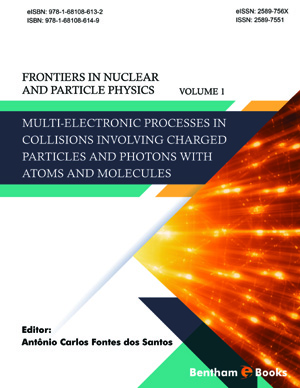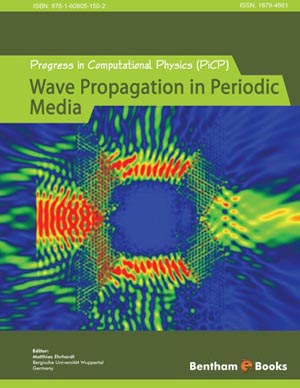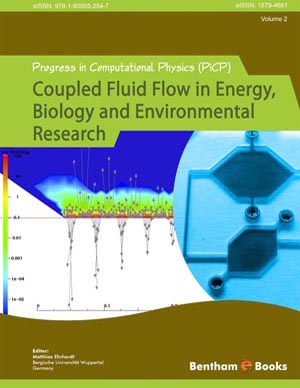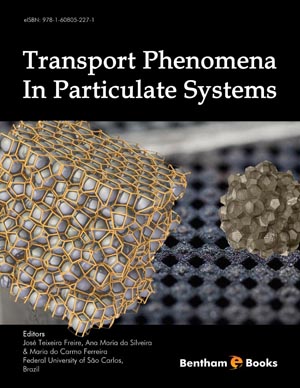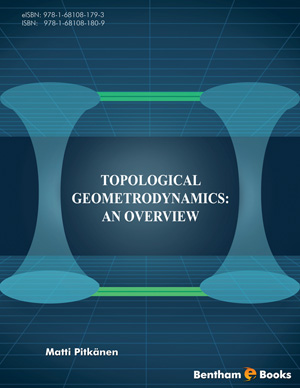Abstract
In this chapter, we give a brief review of our recent research works on photonic bandgaps induced by standing-wave (SW) coupling fields in the regime of electromagnetically induced transparency (EIT). EIT refers to the absorption suppression or elimination of a weak probe going through an atomic ensemble at the presence of a strong coupling, which is a result of laser induced destructive quantum interference. On the other hand, a light signal cannot freely propagate in the media with periodic refractive indices (the so-called photonic crystals) if its carrier frequencies fall inside the photonic bandgaps. Utilizing a SW coupling to attain the periodically modulated refractive index with little absorption, one can establish an induced photonic bandgap with its width and position dynamically tunable. The potential media may be either cold atomic ensembles or solid materials exhibiting defect states, such as Pr3+: Y2SiO5 and diamond containing N-V color centers. We first consider the steady optical responses of the atomic and solid media with dynamically induced bandgaps to a time- independent probe by focusing on the dispersion curves of Bloch wave vectors and the spectra of reflection and transmission. Then, we examine the propagation dynamics of a probe pulse through a cold atomic sample in two different situations where a dynamically induced bandgap exists or not. We find that the SW coupling field can be easily modulated to mold the traveling-light flow and to control the stationary-light generation with quite high flexibility, and thus may have applications in the fields of classical and quantum information processing of optical signals. In performing theoretical simulations, we also demonstrated several different but almost equivalent mathematical methods, i.e. the two-mode approximation method, the transfer-matrix method, and the Maxwell-Liouville equation method, to deal with the problems of SW-EIT. Comparison of these methods is quite helpful to understand the underlying physics of the formation of dynamically induced photonic bandgaps.






